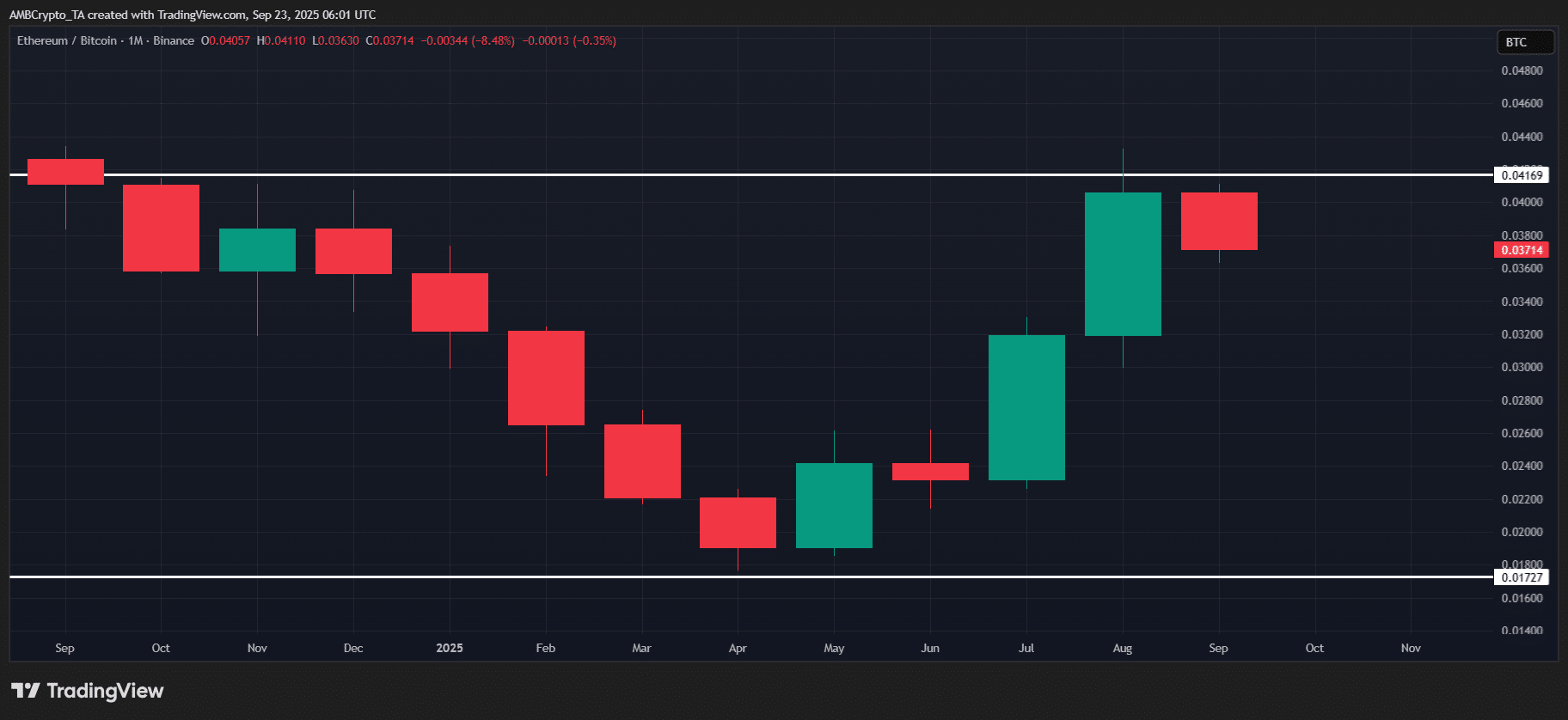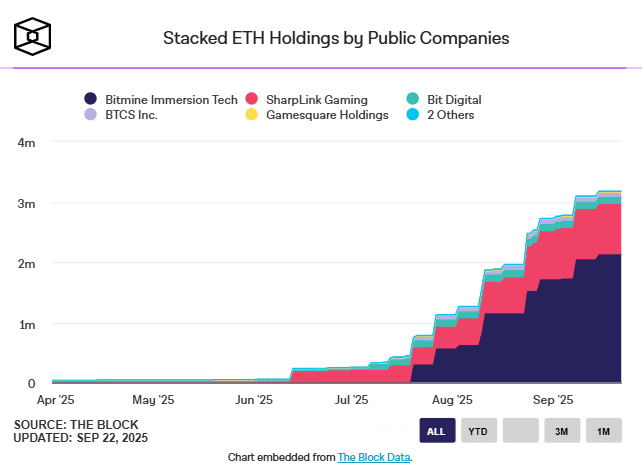Ethereum market shakeout hit with $375 million in ETH liquidations and a 7% weekly decline; a $1B USDT injection and BitMine’s 264,378 ETH accumulation could either stabilize prices or trigger a shorts squeeze—watch ETH/BTC flows, liquidity metrics and exchange balances for early signals.
-
ETH lost 7% after $375M in liquidations — largest deleveraging of 2025.
-
Tether added $1 billion USDT on Ethereum; fresh stablecoin liquidity may fuel dip buys.
-
BitMine bought 264,378 ETH and raised $1.28B to expand its ETH holdings, increasing institutional demand.
Ethereum market shakeout: $375M liquidations, $1B USDT injection and BitMine’s 264k ETH buy — read the analysis and what traders should watch next. Read now.
What is the Ethereum market shakeout and how severe was it?
The Ethereum market shakeout was a concentrated deleveraging on Sept 22–23, 2025 that produced roughly $375 million in ETH liquidations and a 7% weekly price decline. The event was part of a broader $1.65 billion long liquidation across crypto, with ETH seeing larger proportional losses than Bitcoin.
How did leverage and liquidity flows drive the ETH decline?
High long exposure amplified downside pressure, with longs accounting for roughly 93.7% of BTC liquidations and significant forced selling in ETH markets. Exchange and derivatives data showed concentrated margin calls, while stablecoin inflows on-chain (notably a $1B USDT deposit on Ethereum) shifted short-term liquidity dynamics.

Source: TradingView (ETH/BTC) — data referenced as plain text.
When did Tether inject liquidity and why does it matter?
Tether added $1 billion USDT to Ethereum during the shakeout period. Fresh stablecoin liquidity matters because it can provide immediate buying power on-chain and on exchanges, potentially absorbing forced selling or fueling a short-covering rally if traders redeploy capital.
What are the likely short-term market scenarios?
1) Liquidity absorption and a bounce in ETH driven by dip buyers and institutional accumulation. 2) A short squeeze if leverage remains elevated and liquidations continue. Monitor exchange balances, on-chain USDT flows and ETH/BTC ratio for directional clues.
How did BitMine respond to the market shakeout?
BitMine moved to accumulate. The Nasdaq-listed miner purchased 264,378 ETH, bringing its total to about 2.416 million ETH, and announced a $365M equity raise plus warrants that could generate up to $1.28B in proceeds. Management framed the capital raise as fuel to expand ETH holdings and support long-term strategy.

Source: The Block — source noted as plain text.
Why does BitMine’s accumulation matter for ETH supply dynamics?
BitMine’s 2.416M ETH position equals just over 2% of circulating supply and moves the company toward a 5% target. Institutional stacking at scale reduces liquid supply and raises the bid-side floor, which can compress volatility over time if accumulation continues.
Frequently Asked Questions
How big was the overall crypto deleveraging on Sept 22–23?
The market recorded about $1.65 billion in long liquidations across crypto, with Bitcoin responsible for $263.4 million and Ethereum taking the largest single-token hit at $375 million.
Will BitMine’s capital raise change market structure?
BitMine’s $365M equity raise and potential $913M from warrants (totaling $1.28B) materially increases its capacity to buy ETH, reducing circulating supply if deployed, and signaling stronger institutional bids into the market.
Key Takeaways
- Deleveraging hit ETH hardest: $375M in ETH liquidations drove a 7% weekly decline and a steep ETH/BTC ratio drop.
- Fresh liquidity arrived: Tether’s $1B USDT deposit on Ethereum could absorb selling or fuel a rebound depending on execution.
- Institutional stacking is underway: BitMine added 264,378 ETH and raised capital to expand holdings, tightening supply and supporting price floors.
Conclusion
This Ethereum market shakeout highlights how concentrated leverage and on-chain stablecoin flows can trigger rapid price moves. With $375M in ETH liquidations, a $1B USDT injection and BitMine’s large accumulation, traders should prioritize liquidity metrics, ETH/BTC flows and institutional buying indicators. COINOTAG will continue tracking developments and on-chain signals for emerging opportunities.





